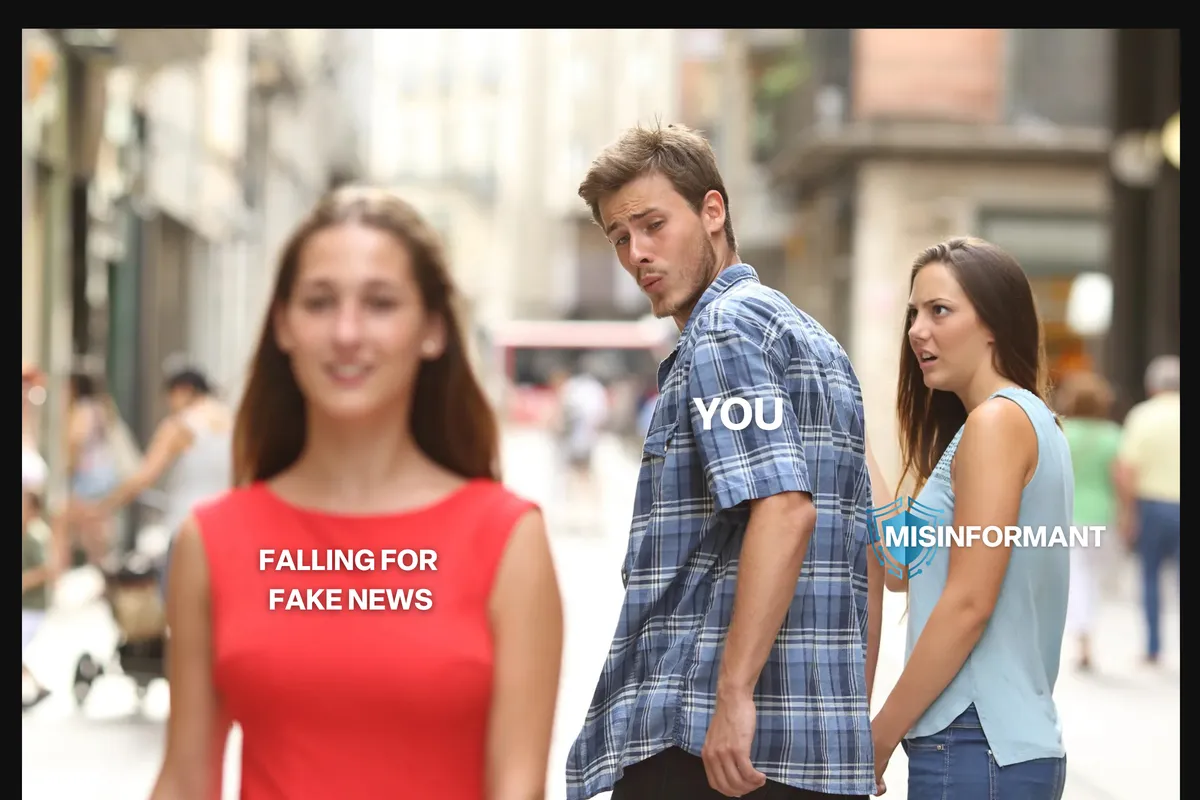Scroll through any social media feed and you will see them everywhere: memes. They are funny, bite-sized, and endlessly shareable. But behind the humor, memes have become one of the most effective tools for spreading misinformation. What makes them so powerful is not just their humor, but the way they take advantage of how we consume information online and how our brains process quick, emotional content.
Laughter lowers our guard. When we find something funny, we are less likely to question its accuracy. A meme that makes a clever joke about a politician, a health issue, or a news event can slip in misleading or false claims without triggering our usual skepticism. Humor makes information easier to digest, but it also makes misinformation easier to believe. Once a message is tied to something that made us laugh, it feels less threatening and more trustworthy, even if it is not based in truth.
Virality and Shareability
Memes are designed for speed. They are quick to read, easy to understand, and simple to share with just one click. A single meme can travel across platforms in minutes, reaching audiences that traditional articles or fact-checks may never reach. This viral quality means misinformation spreads faster than corrections. By the time a false claim has been fact-checked, the meme may have already reached millions of people and shaped their perceptions. The correction often receives only a fraction of the attention, leaving the falsehood to linger.
Humans process visuals far faster than text. Pairing an image with a short, punchy line of text makes a message more memorable. This is why a misleading meme often sticks in our minds longer than a dry news article debunking it. The imagery can create an emotional response, whether it is humor, outrage, or nostalgia, which makes the content more persuasive. Even when people later learn that the meme is inaccurate, the original image and message may continue to influence how they think about the topic.
Relatability and Community
Memes thrive on inside jokes and cultural references. They create a sense of belonging by making us feel like we are part of the group that “gets it.” This sense of community is powerful, and it can make us more likely to accept the information without questioning it. When misinformation is wrapped in a relatable meme, it feels less like propaganda and more like a shared laugh with friends. This peer-to-peer quality makes memes harder to dismiss, since they do not come across as being pushed by an outside source.
Real-World Examples
Memes as misinformation are not just a theory. They have already shaped public perception in major ways:
-
Health and Science Memes. During the COVID-19 pandemic, memes circulated suggesting that drinking hot lemon water or gargling salt water could “kill the virus.” Others joked that vaccines contained microchips or caused infertility. While framed as humor, these posts misled millions and fueled vaccine hesitancy.
-
Political Memes. In past U.S. elections, memes falsely claimed certain groups could “vote by text” or that Election Day had been moved. These posts spread quickly, creating real confusion about how and when to vote. Other memes fabricated or exaggerated quotes from politicians, making them appear real when stripped of context.
-
Climate Memes. To downplay climate change, memes mocked cold weather events with captions like “So much for global warming.” These simplified jokes distorted complex science and reinforced denialist talking points. -Celebrity Rumor Memes. Memes have even spread false reports of celebrity deaths or scandals. The casual, humorous tone often made the claims believable to people who did not fact-check before sharing.
Why This Matters
Misinformation does not always come in the form of fake articles or doctored videos. Sometimes it comes disguised as a joke. Memes blur the line between entertainment and information, which makes them difficult to regulate and even harder to fact-check. They can influence public opinion, fuel conspiracy theories, and erode trust in reliable sources. This matters because even lighthearted content can have serious real-world consequences, shaping how people vote, how they view science, and how they respond to crises.
Memes will always be part of internet culture, and there is nothing wrong with enjoying a laugh. But recognizing how they can be used to spread falsehoods helps us stay a step ahead. At Misinformant, our goal is to uncover the hidden ways misinformation spreads, and memes remain one of the trickiest players in the game.
